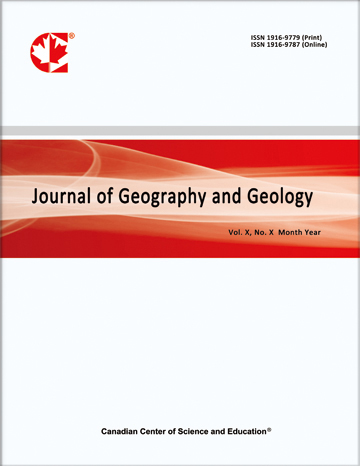How Two Fundamentally Different Geology and Glacial History Paradigms Address the Schoharie Creek Drainage Route Problem, New York State, USA
- Eric Clausen
Abstract
This report compares the ability of two fundamentally different geology and glacial history paradigms to explain how eastern New York State’s unusual Schoharie Creek drainage route originated. What makes the drainage route unusual is west-oriented Schoharie Creek headwaters begin at two 300-meter-deep gaps in the 800-meter-high east-facing Catskill Eastern Escarpment (which is also the Hudson River valley’s western boundary) and then flow in a west, northwest, and north direction to eventually reach the southeast-flowing Mohawk River which flows to the south-oriented Hudson River. After traveling 280 kilometers in an almost complete circle Schoharie Creek headwaters eventually pass a point that is approximately 600 meters lower and 16 kilometers away from where Schoharie Creek begins. A geologic literature review demonstrates the Schoharie Creek drainage route origin problem attracted the attention of late 19th and early 20th century geologists and physical geographers, but the accepted geology and glacial history paradigm which has been evolving over the past 150 years did not and still does not provide the necessary mechanisms required for researchers to determine what formed the unusual Schoharie Creek drainage route. However, a new geology and glacial history paradigm which was developed by using Missouri River drainage basin drainage system and erosional landform evidence and which uses two linked icesheets, the first of which created and occupied a deep “hole” in the North American continent and which also generated immense and long-lived meltwater floods, is able to provide a logical, internally consistent, and simple Schoharie Creek drainage route origin problem solution that also explains how many other Catskill Mountain region drainage system and erosional landform features originated.
- Full Text:
 PDF
PDF
- DOI:10.5539/jgg.v17n1p51
Journal Metrics
(The data was calculated based on Google Scholar Citations)
Google-based Impact Factor (2018): 11.90
h-index (January 2018): 17
i10-index (January 2018): 36
h5-index (January 2018): 13
h5-median(January 2018): 15
Index
- BASE (Bielefeld Academic Search Engine)
- Bibliography and Index of Geology
- CiteFactor
- CNKI Scholar
- Educational Research Abstracts
- Excellence in Research for Australia (ERA)
- GeoRef
- Google Scholar
- LOCKSS
- NewJour
- Norwegian Centre for Research Data (NSD)
- Open J-Gate
- PKP Open Archives Harvester
- SHERPA/RoMEO
- Standard Periodical Directory
- Ulrich's
- Universe Digital Library
- WorldCat
Contact
- Lesley LuoEditorial Assistant
- jgg@ccsenet.org
